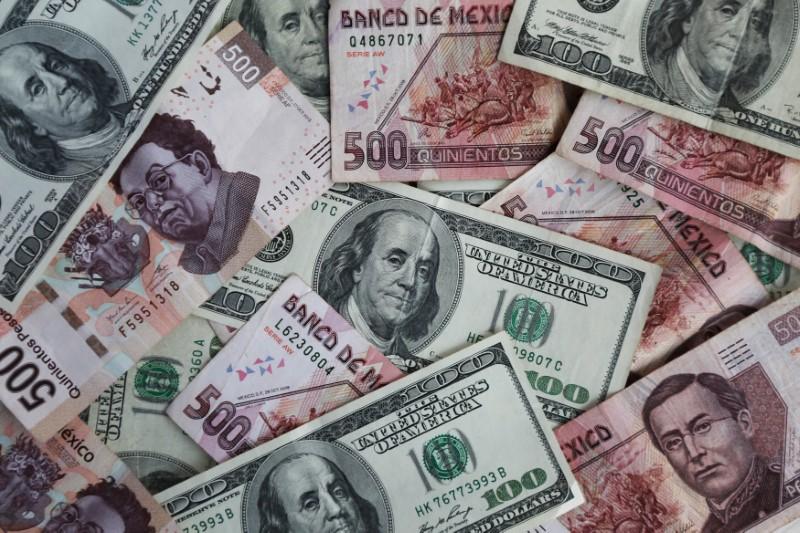American Money to Mexican Pesos

In the ever-expanding global economy, understanding currency exchange rates has become increasingly important. For those traveling from the United States to Mexico or engaging in cross-border business, the exchange rate between American dollars (USD) and Mexican pesos (MXN) is a crucial factor. In this comprehensive guide, we will delve into the dynamics of this exchange, exploring the factors influencing it, the historical context, and practical tips for managing your money effectively.
Understanding the Exchange Rate
The exchange rate between American dollars and Mexican pesos represents the value of one currency in terms of the other. It is essentially the price you pay to convert your dollars into pesos or vice versa. This rate is subject to constant fluctuations due to various economic factors, making it essential to stay informed.
Factors Influencing Exchange Rates
- Economic Indicators: Economic data, such as GDP growth, employment rates, and inflation, significantly impact exchange rates. A strong U.S. economy, for example, may lead to a higher demand for dollars, affecting the exchange rate.
- Interest Rates: Central banks’ decisions on interest rates play a crucial role in exchange rate movements. Higher interest rates in the U.S. can attract foreign investors seeking better returns, increasing the demand for dollars and affecting the exchange rate.
- Political Stability: Political stability is a key factor influencing exchange rates. Countries with stable political environments are often viewed as safer investments, leading to increased demand for their currency.
- Trade Balances: The balance of trade between two countries affects their currencies. A trade surplus (exporting more than importing) tends to strengthen the exporting country’s currency, while a trade deficit may weaken it.
- Speculation: Traders and investors engaging in currency speculation can influence exchange rates. Their perceptions of future economic conditions and political developments can lead to significant currency movements.
Historical Perspective
The history of the USD to MXN exchange rate is a tale of economic developments and changing global dynamics. Over the years, various events have shaped the relationship between the two currencies.
- Post-World War II Era: Following World War II, the Bretton Woods Agreement established a fixed exchange rate system with the U.S. dollar as the world’s primary reserve currency. This stability lasted until the early 1970s.
- Nixon Shocks and Floating Exchange Rates: In 1971, President Richard Nixon abandoned the gold standard, allowing currencies to float against each other. This shift led to increased exchange rate volatility, impacting the USD to MXN rate.
- 1994 Mexican Peso Crisis: Mexico experienced a severe economic crisis in 1994, resulting in a sharp devaluation of the peso. This event had a lasting impact on the exchange rate and the country’s economic policies.
Practical Tips for Currency Exchange
- Stay Informed: Regularly monitor economic news, political developments, and central bank decisions in both the U.S. and Mexico to anticipate potential exchange rate movements.
- Use Online Currency Converters: Take advantage of online tools and currency converters to get real-time exchange rates. These tools can help you make informed decisions when converting your money.
- Consider Timing: Exchange rates fluctuate throughout the day. Consider timing your currency exchange to take advantage of favorable rates, if possible.
- Beware of Fees: Different financial institutions may charge varying fees for currency exchange. Be aware of these fees and choose the option that offers the best overall value.
- Diversify Payment Methods: Instead of relying solely on cash, consider using a combination of cash, credit cards, and debit cards. This approach provides flexibility and security during your travels.
Conclusion
Navigating the exchange rate seas between American dollars and Mexican pesos requires a comprehensive understanding of economic factors, historical context, and practical considerations. By staying informed, considering timing, and being aware of fees, individuals and businesses can optimize their financial transactions across borders. As the global economy continues to evolve, so too will the dynamics of currency exchange, making it essential for participants to adapt and make informed decisions.






